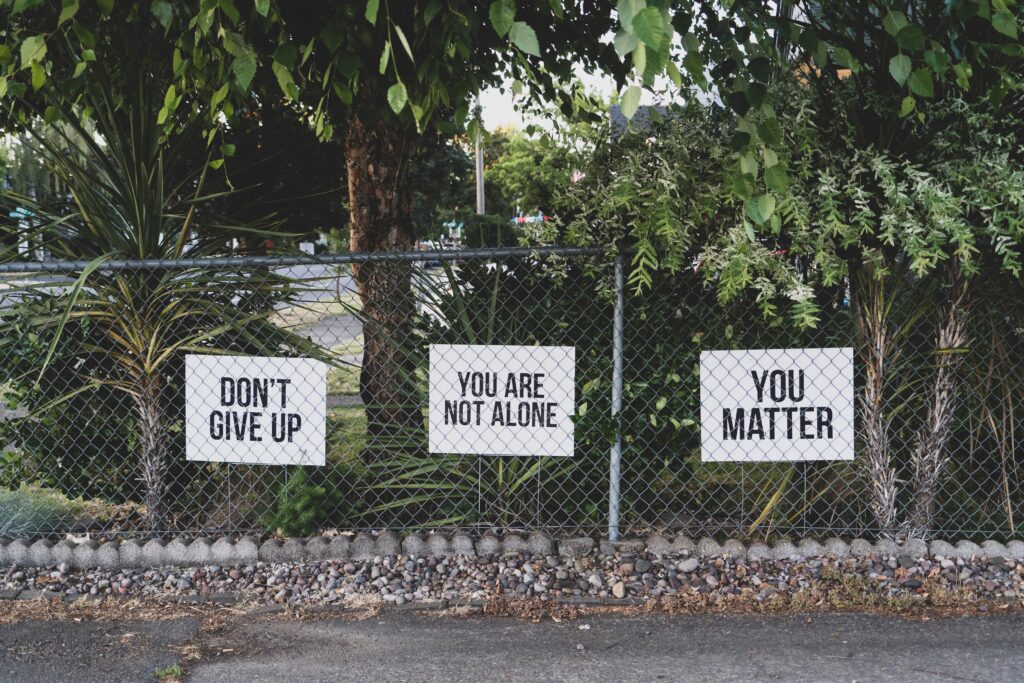
A recent study conducted by the mental health provider Ginger, found that nearly 7 in 10 employees reported that the COVID-19 pandemic is the most stressful time of their entire professional career, which has aligned with stark increases in new prescriptions of antidepressant, anti-anxiety, and anti-insomnia medications. The radical reshaping of workflows, work environments, and even our everyday lives has dramatically undermined conventional ways of protecting our employees’ emotional wellbeing, and many leaders are finding themselves lost when it comes to navigating this mental health crisis.
If that alone wasn’t cause for alarm, this mental health crisis is also adversely affecting companies’ productivity: among those reporting stress, 62% noted losing at least 1 hour a day in productivity and 32% lost at least 2 hours a day due to COVID-19 related stress.
The data is clear—our employees are hurting right now, and leaders need to step up and show up like never before.
How should we do this? Start with recognizing that the pandemic has affected everyone in dramatically different ways, and that means your response must be equally personalized. For example, people that live alone may be feeling especially isolated, but people that live with large families may be feeling overwhelmed. In these instances, managers need to be comfortable just sitting with their employees and having courageous, honest conversations about where they’re at mentally, where they’d like to go, and how they can be supported in getting there. In these informal conversations, the main objective is to build resilience in your team members, and remind them that they are not alone in this moment.
In addition, now is a perfect (and necessary) time to revisit your Employee Assistance Program (EAP), and ensure that your vendors/providers are equipped with adequate and comprehensive mental health resources. As a leader, you are especially positioned to visibly promote these services, so employees are not only aware of them, but feel less stigma when using them as well.
Beyond the structural level, there are small things you can do to normalize mental and emotional hygiene. Encourage employees to take stress management breaks, get out of the house and clear their head, meditate or do breathing exercises—anything that’s a rejuvenating reprieve from the daily grind that feels increasingly difficult these days.
On a personal note, I myself have intermittently struggled with anxiety over the past ten years. Though it’s always been hard, it has enabled me to empathize with my clients and employees on a visceral level, and best attune my solutions based on my own similar lived experiences. Leaders shouldn’t shy away from exploring their own vulnerabilities at this time; in fact, I would argue your leading capabilities will be augmented if you can responsibly check in with your own emotions and share them with your team in an act of solidarity and transparency.
Ultimately, caring leaders have the duty to notice signs of emotional distress and refer employees to the appropriate resources. It may not be in your job description, but it’s an essential aspect of your role in building healthy cultures. In short, show your employees that you see them, hear them, and empathize with their valid experiences of pain right now. If they can’t ignore it themselves, you shouldn’t either.